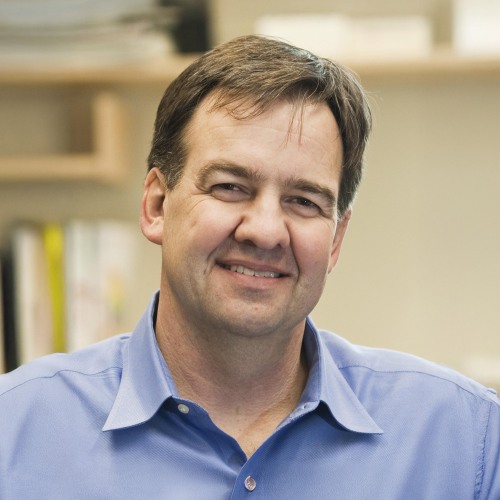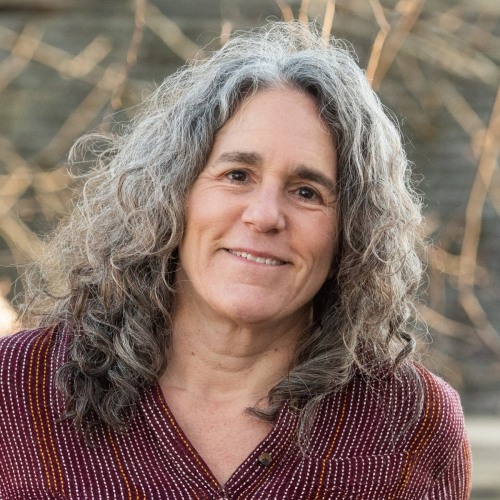PFAS, often called forever chemicals, are widespread in consumer and industrial products. Their ability to withstand high temperatures makes them effective in coating electrical wires, insulating homes and fighting fires. Their oil and water resistance makes them useful in coating consumer staples like rain and exercise gear, carpets and food containers. They’re even mixed into cosmetics and soaps, and are excellent at making your nail polish more durable and less prone to chipping and cracking.
But PFAS are also associated with a range of health effects, including kidney and testicular cancers, liver and cardiovascular disease and thyroid dysfunction. In infants, they are associated with preterm birth, some neurodevelopmental disorders, decreased vaccine response and low birth weight. Unlike some pesticides, which the body can eliminate within days, PFAS can accumulate in humans and animals and stay in their bodies for more than eight years. And traces of this large class of chemicals—still produced at high levels throughout the world, with annual outputs at more than 276,000 tons a year—have been found on all seven continents, including Antarctica.
Our researchers are dedicated to studying their impacts on human health.





